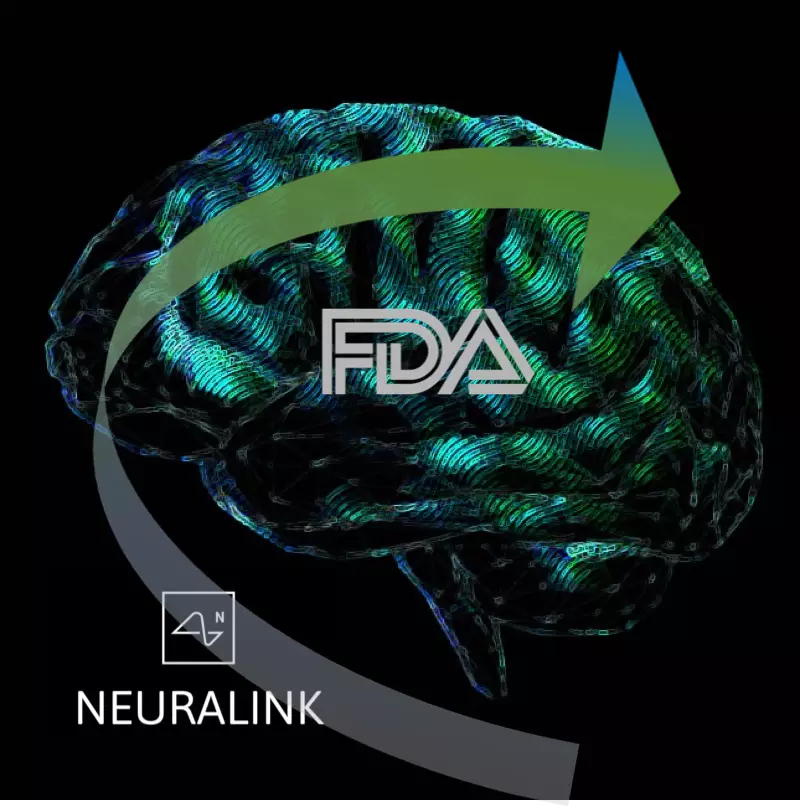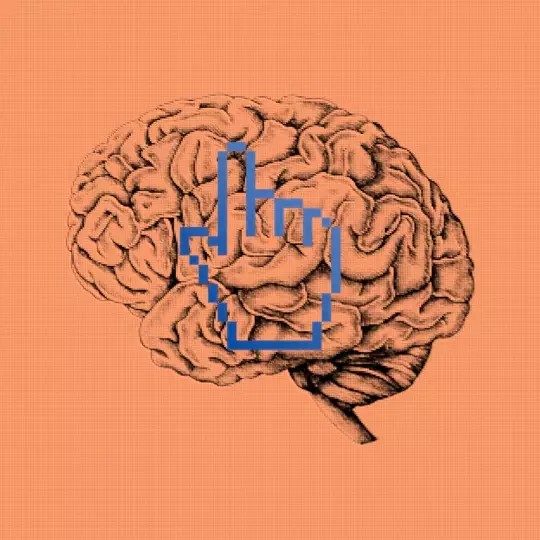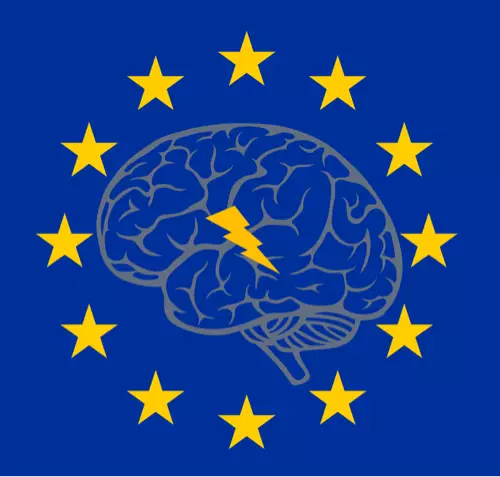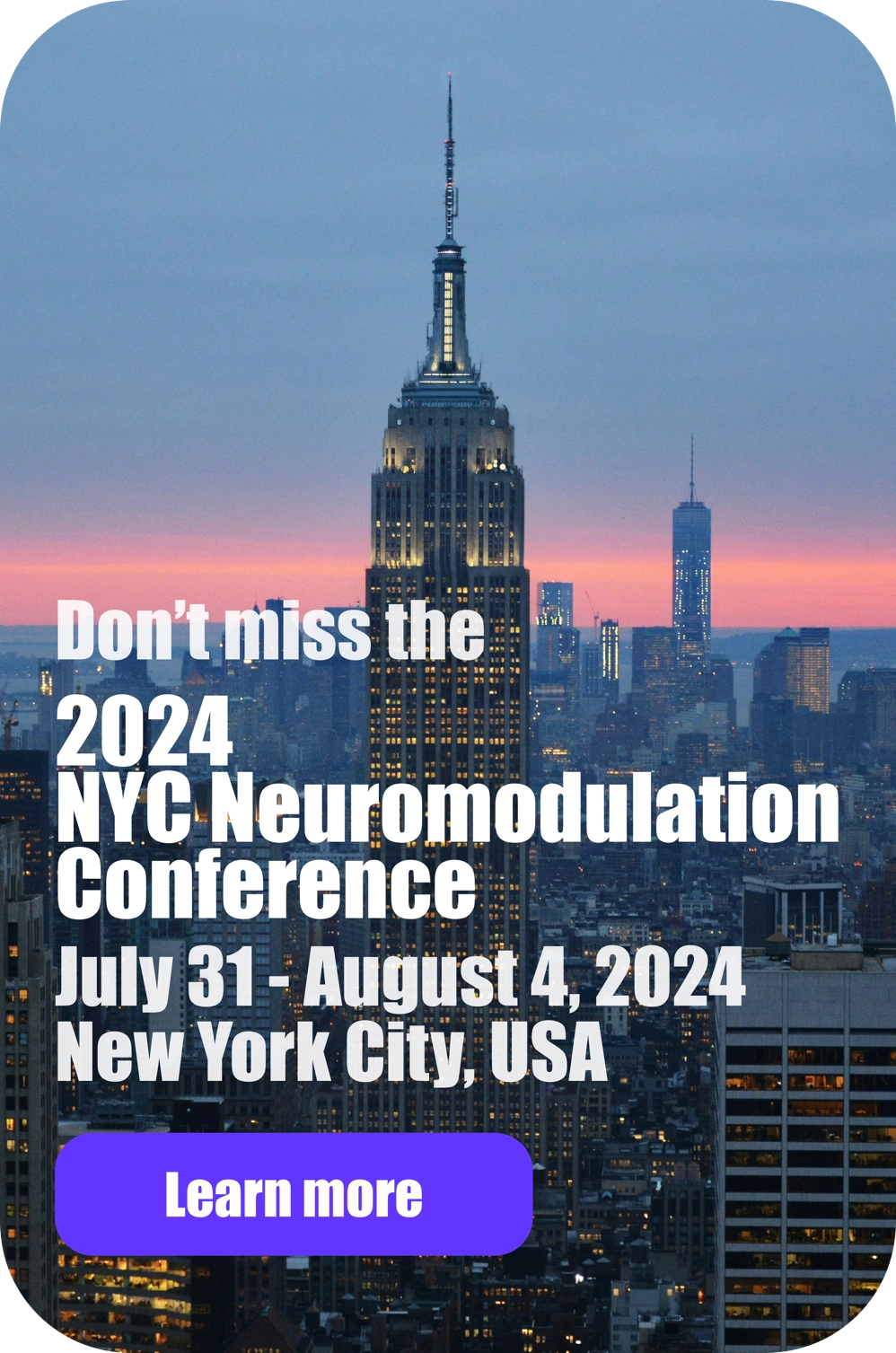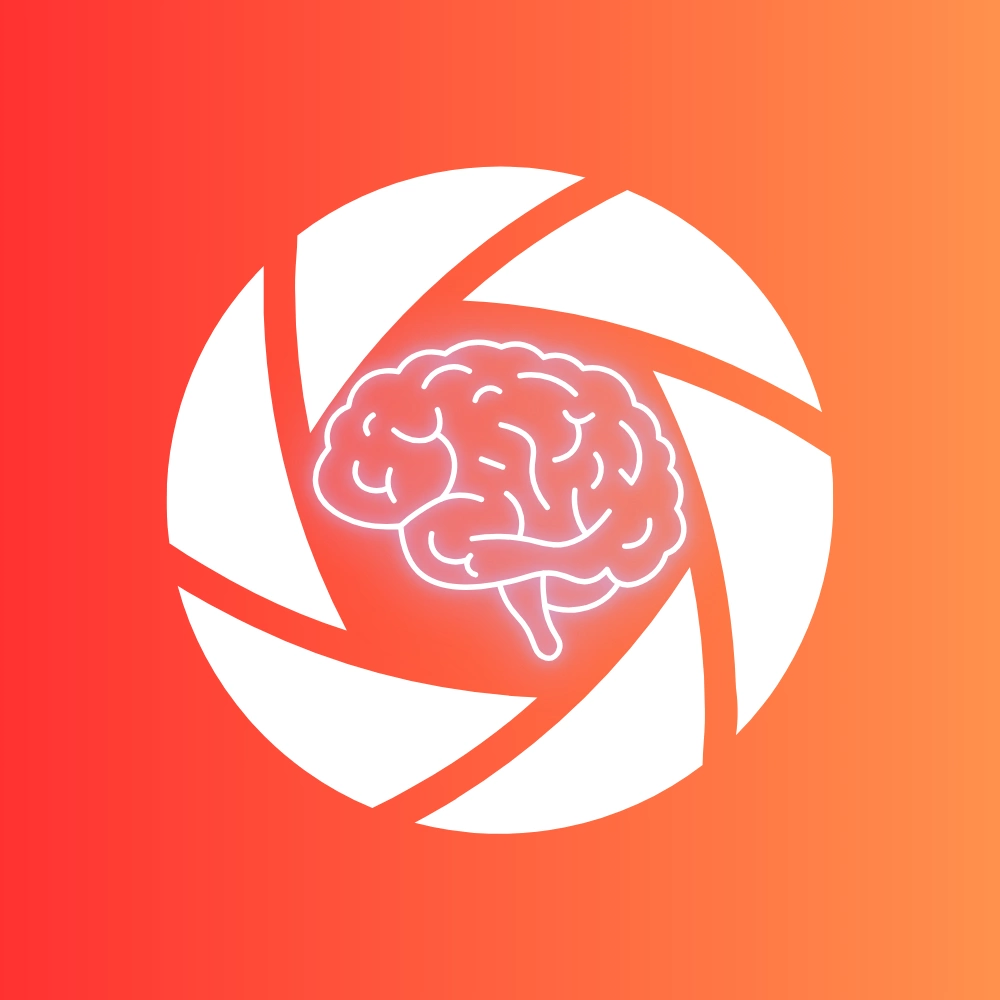
“…it would be just as well if you’d mention what you mean to do next, as I suppose you don’t mean to stop here…” Lewis Caroll, Through the Looking Glass and What Alice Found There, 1871
The recently released National Academy of Medicine (of the National Academies of Science, Engineering and Medicine, NASEM) discussion papers on several developing areas of bioscience and technology provide a set of cases that address sentinel issues arising in and from the use(s) of these tools in clinical practice, and include a well-presented view by Matthews, Abernathy, et al. on transcranial electrical stimulation (tES). Transcranial electrical stimulation (in the main comprising a variety of forms, namely, transcranial direct current stimulation -tDCS; transcranial alternating current stimulation- tACS; and (non-invasive) forms of vagal nerve stimulation – VNS) is presently being employed in a range of use settings beyond the clinical treatment of particular neuropsychiatric conditions.
Indeed, types of tES are afforded in growing direct-to-consumer (DTC) and do-it-yourself (DIY) user markets. In this regard, Bikson et al. (2018) have proposed revisitation and revision of US Food and Drug Administration (FDA) and Consumer Affairs' guidelines on DTC applications of low output transcranial electrical stimulation (LOTES); and Wurzman et al. (2016) have offered an ‘open letter” to the DIY community to foster more open exchange of information about use patterns, potential misuse, and contingent (medical, social, and public health and safety) issues and problems generated. Considerable work to date - including that of our group (Giordano, Bikson, et al., 2017) -has addressed the ethico-legal and social issues (ELSI) fostered by various applications and use contexts of various types of tES (as any PubMed search, using neuromodulation ELSI as key words will surely reveal), which offers additional depth to the background and literature of the NAM discussion paper.
Of note is that the NAM paper draws focus upon studies funded by the Defense Advanced Research Projects Agency (DARPA) as part of the federal Brain Research through Advancing Innovative Neurotechnologies (BRAIN) Initiative. Transcranial electrical stimulation was employed in some of those projects, but was often utilized as part of a larger toolkit, to include use of transcranial magnetic stimulation (TMS), and iteratively more advanced methods and instrumentation of deep brain stimulation (DBS). Indeed, indwelling neuromodulatory technology is being evaluated for efficacy and effectiveness in treating a number of neurological, and psychiatric pathologies (e.g. movement disorders, dementing disorders, Tourette syndrome, drug-resistant depression, obsessive-compulsive disorder, addictive disorders, chronic pain, certain types of traumatic brain injury), and in “preventive” applications, which most certainly opens a proverbial Pandora’s jar of questions, considerations, and concerns about what constitutes “treatment”, or “enhancement”, and what such definitions and distinctions portend for a host of social effects that could be incurred on a variety of levels, scales, and ranges. And by affording insight to the structural correlates of aspects of cognition, emotion and behavior, progress made in DBS is also enabling development of more accurate, specific targeting and delivery methods of transcranial (electrical and/or magnetic) stimulation, which can – and arguably should – be considered for utility in treating a number of neuropsychiatric disorders. Still, the ethico-legal and social questions remain as to if those who could benefit from such treatments will be able to access, afford, and be able to sustain them.
This clearly directs inquiry to issues of clinical necessity, what defines humanitarian care, and how – and in which domains – gate-keeping can and should be engaged. Such ethico-legal and social concerns about gate-keeping are becoming ever more provocative and controversial, not only because of ongoing ambiguities of third-party payor support, but also in light of (1) the clinical trial and market advancement of Elon Musk's Neuralink, and its effect(s) upon the commercial influence in neuromodulation markets, and down-range implications for DTC neurotechnologies, medical tourism, and the emerging, and rapidly evolving neurobioeconomy, writ-large; and (2) DARPA’s Next Generation Non-invasive Neuromodulation (N3) program, which aims to develop non-invasive (or minimally invasive) methods of implanting nano-scalar sensing and transmitting electrode arrays within brain to enable informational “read from” and “write into” capability remotely, and in real-time, to effectively facilitate “mind reading and control” at-a-distance, and what this portends for how such science and technology will be employed.
This last point essentially “pulls the tiger by tail”, as regards the use-cases of any neuromodulatory technology. Ongoing developments in neuromodulation allow increased ease, cost-effectiveness (viz.- using tES and/or TMS), and precision and accessibility (i.e.- with DBS), respectively. And, if taken together, these neuromodulatory tools have viable – and arguable valuable - applications in medicine, lifestyle/wellness, and occupational optimization (and, to this latter domain, uses in military, intelligence and law enforcement occupations – of any nation, or group of non-state actors - cannot be disregarded).
What the NAS paper brings into stark relief is the current reality of neuromodulatory (and other state-of-the-science and engineering) technologies. The cases provided afford a lens through which to examine emerging science, technology and ethico-legal and social issues both as particular to the devices and methods in question, and, more generally, to the expanding toolkit of biotechnologies being developed and employed in various settings, and cultures. And the multinational involvement in neurotechnology research, development and use will – to quote Lewis Carroll – “…not stop here”. Thus, I opine that the NAS report can – and should - serve a greater purpose; namely, it should prompt a turning of the lens so as to be a mirror in which to examine if, and to what extent our societies, economics, and politics are prepared to pragmatically and prudently address the possibilities, promise and problems borne of such technological innovation. And it may allow a more careful reflection, deliberation, discourse and dialectic upon what we will do next.
Dr James Giordano is Pellegrino Center Professor of Neurology and Biochemistry; and Chief of the Neuroethics Studies Program at Georgetown University Medical Center, Washington, DC. As well he is Senior Bioethicist of the US Department of Defense Medical Ethics Center; and Chair Emeritus of the Neuroethics and Neurotechnology Program of the IEEE Brain Initiative. He has previously served as an appointed member of the US Department of Health and Human Services Secretary’s Advisory Committee for Human Research Protections; the Neuroethical Legal and Social Issues Advisory Board of the Defense Advanced Research Projects Agency BRAIN Initiative Portfolio; Neurotechnology Working Group of the Organisation for Economic Cooperation and Development (OECD); and Senior Fellow of the Ethics Group of the European Union Human Brain Project. His newest books, ‘Bioethics and Brains: A Disciplined and Principled Neuroethics’, with co-author John R. Shook (MIT Press), and Neuroscience, Neuroculture, Neuroethics: Impacting Human Futures, with co-authors Roland Benedikter and John R. Shook (Springer), will be published in Summer 2024.
Read this next
What Silicon Valley needs to know about the brain, and what it doesn't - Part I
Silicon Valley wants to get inside your head - literally. While these projects adopt mixes of commercial stealth and elaborate publicity, and the breadth of applications spans the entire human condition, all these technologies take one of two product forms: Either as a chip implanted in your head transmitting to a computer or as a wearable cap transmitting to a computer.
Neuromodulation for COVID-19, Neuromodec update 7: Electronic noses, NIH “RECOVER” recruits’ patients, New prospects.
This is the 7th update from Neuromodec (August 5, 2022) on the use of Neuromodulation for COVID-19 as part of Neuromodec’s initiative to educate on and advance treatments.
NYU Langone Hospital Announces At-Home Virtual Brain Stimulation Program
The NYU Langone Health medical system announced at-home service for non-invasive (wearable) neuromodulation...
